
There’s a (relatively) new bug in town, and its favorite hangout is the plant not so affectionately known as “the vine that ate the South”—kudzu (Pueraria montana, Zones 6–10). The kudzu beetle (Megacopta cribraria) was accidentally introduced into the United States in 2009 and first reported in the Atlanta area. And yes, its favorite food is kudzu! This would seem an answer to a few prayers, assuming these bugs have a REALLY big appetite. They tap into the sap of stems and leaves, sucking out nutrients and weakening plants in the process, but we’ve yet to see them take down any kudzu monsters.
At this point you may be wondering what this invasive pest of an invasive plant has to do with your kudzu-free garden. The mottled olive-brown, decidedly square-shaped, 1/5 inch-long beetles are strong flyers, and they’ve been flying into gardens and onto houses throughout much of the Southeast every April and October for several years now. While there is little evidence that they feed on and damage much in the United States beyond kudzu, wisteria (Wisteria spp. and cvs., Zones 5–9), and soybeans (Glycine max, Zones 2–11)—which is a real problem for farmers—kudzu beetles do have a habit of congregating in alarming masses on other plants in spring and fall. They seem to favor fig trees (Ficus spp. and cvs., Zones 6–12), grapevines (Vitis spp. and cvs., Zones 5–9), and peach and plum trees (Prunus spp. and cvs., Zones 3–8), but they have been seen on roses (Rosa spp. and cvs., Zones 3–9), redbuds (Cercis canadensis, Zones 4–9), magnolias (Magnolia spp. and cvs., Zones 3–9), sunflowers (Helianthus spp. and cvs., Zones 4–9), and garden legumes as well.
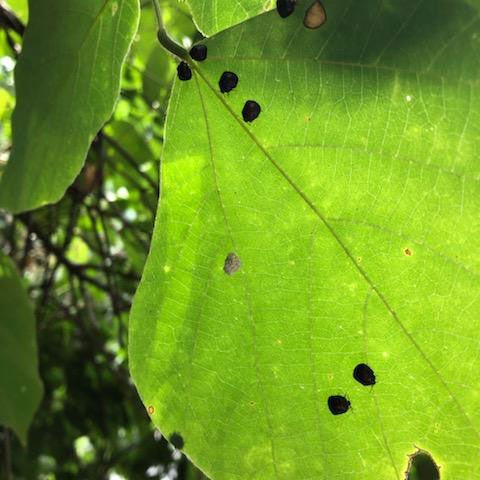
I first encountered kudzu beetles one April when the stems of my young yellowwood tree (Cladrastis kentukea, Zones 4–8) appeared caked in some sort of giant scale. However, as I cautiously approached and eventually touched the tree, the scale took flight! This was no scale. These were some sort of beetles—square beetles. That’s exactly what I typed into my search bar, and out came my answer. Yellowwood is in the legume family, so maybe it just smelled familiar on their way to some real food.
The good news for me that day—and for you now—is that kudzu beetles aren’t harming landscape plants. There is no need to treat them with pesticides, as they will be on their merry way within a few weeks. The bad news is that they seek warm places to overwinter, and houses (especially light-colored houses) are prime real estate, although they may be slightly less adept than Asian lady beetles (Harmonia axyridis) or brown marmorated stink bugs (Halyomorpha halys) at making it inside. Like stink bugs, when disturbed they produce aromatic (vaguely cilantrolike) chemicals that can cause mild skin irritation. So don’t pet them, no matter how cute you think they are. If they end up inside, your best bet is to vacuum them up and bring the bag outside.
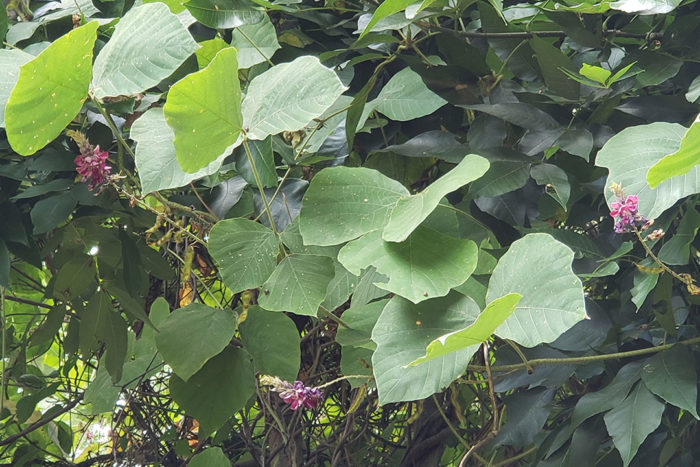
We are still learning about this new insect and how it will interact with our flora. Researchers at several universities are looking at control methods for soybean farmers, as well as at the kudzu beetle’s potential to develop a taste for other plants in the legume family—some of which are ornamental trees and perennials, as well as garden crops. The bottom line is that you’re likely to encounter this insect in your garden if you haven’t already. Luckily, there’s no reason to panic and spray, but there is reason to observe. Reporting which plants it masses on and when could be useful to help guide future research. An email to the entomology branch of your regional extension service or an entry through kudzubug.org will land your informal data in good hands.
Paula Gross is the former assistant director of the University of North Carolina at Charlotte Botanical Gardens.
Fine Gardening Recommended Products

Chapin International 10509 Upside-Down Trigger Sprayer
Fine Gardening receives a commission for items purchased through links on this site, including Amazon Associates and other affiliate advertising programs.
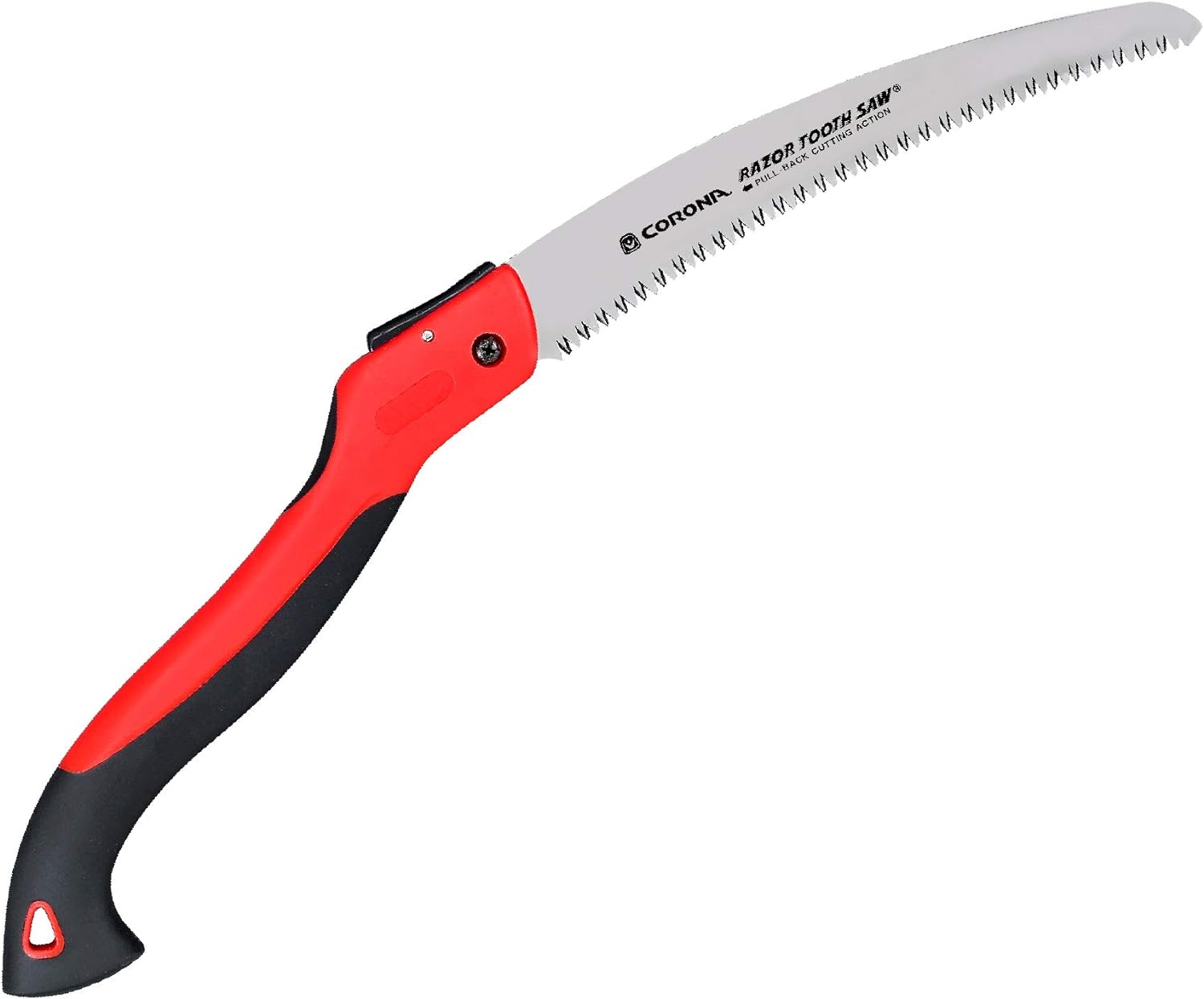
Corona Tools 10-Inch RazorTOOTH Folding Saw
Fine Gardening receives a commission for items purchased through links on this site, including Amazon Associates and other affiliate advertising programs.

Lee Valley Garden Obelisks
Fine Gardening receives a commission for items purchased through links on this site, including Amazon Associates and other affiliate advertising programs.






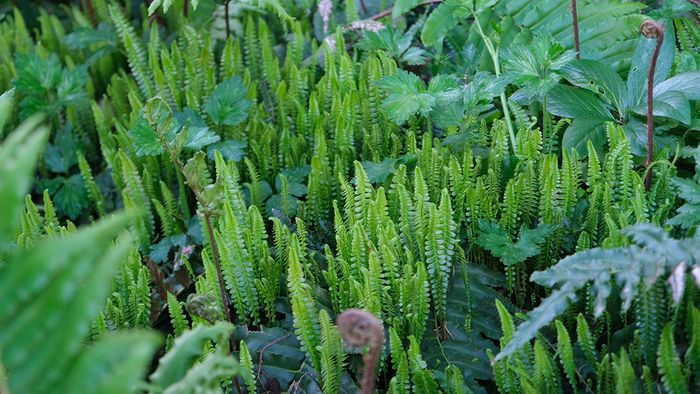
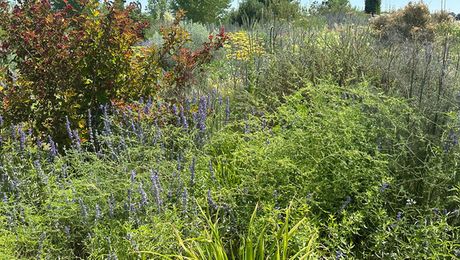











Comments
Log in or create an account to post a comment.
Sign up Log in